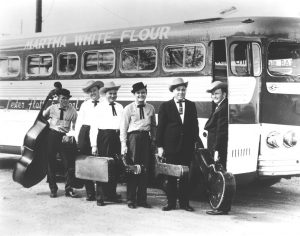You might have noticed that some of the finding aids for the Southern Historical Collection have a new look. Thanks to the hard work of Special Collections Technical Services TRA Joyce Chapman, the finding aid re-design has been implemented. We hope that the new finding aid display will be user-friendly and easy-to-navigate.
This new display applies to approximately half of our finding aids; some finding aids will still look the same. We are working towards converting all of our finding aids to the new design.
Please let us know if you notice any problems with this new presentation. We’d like to find and fix all of the glitches this summer while Joyce is still working for us. One bug that we will fix ASAP is that Internet Explorer chokes on longer finding aids. They take some time to load and it is difficult to scroll through them.
Please email us at mss@email.unc.edu if you see anything in the new design that looks strange.
Here are a few examples:
Taylor Branch Papers:
http://www.lib.unc.edu/mss/inv/b/Branch,Taylor.html
Cameron Family Papers:
http://www.lib.unc.edu/mss/inv/c/Cameron_Family.html
Delta and Providence Cooperative Farms Papers
http://www.lib.unc.edu/mss/inv/d/Delta_and_Providence_Cooperative_Farms.html




